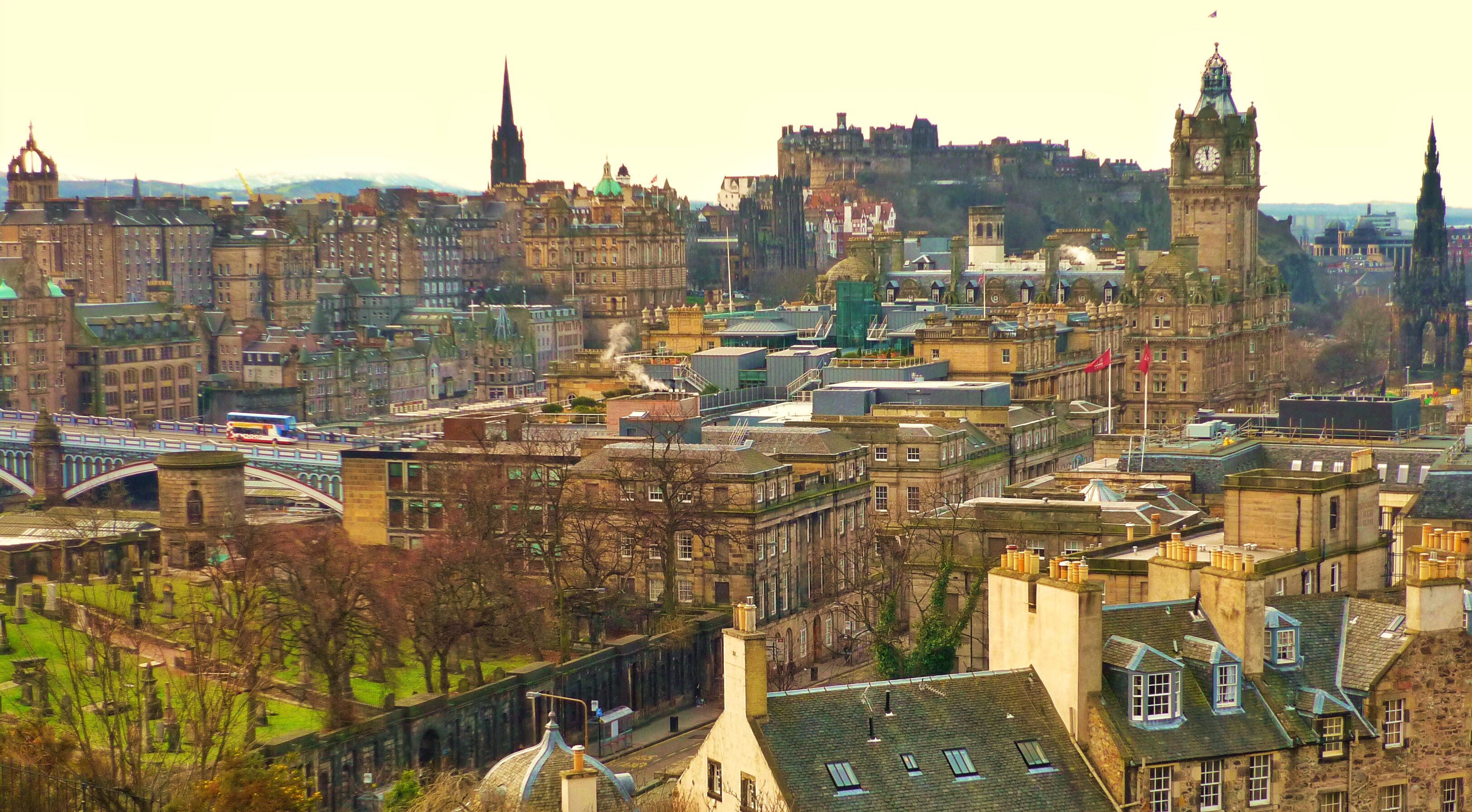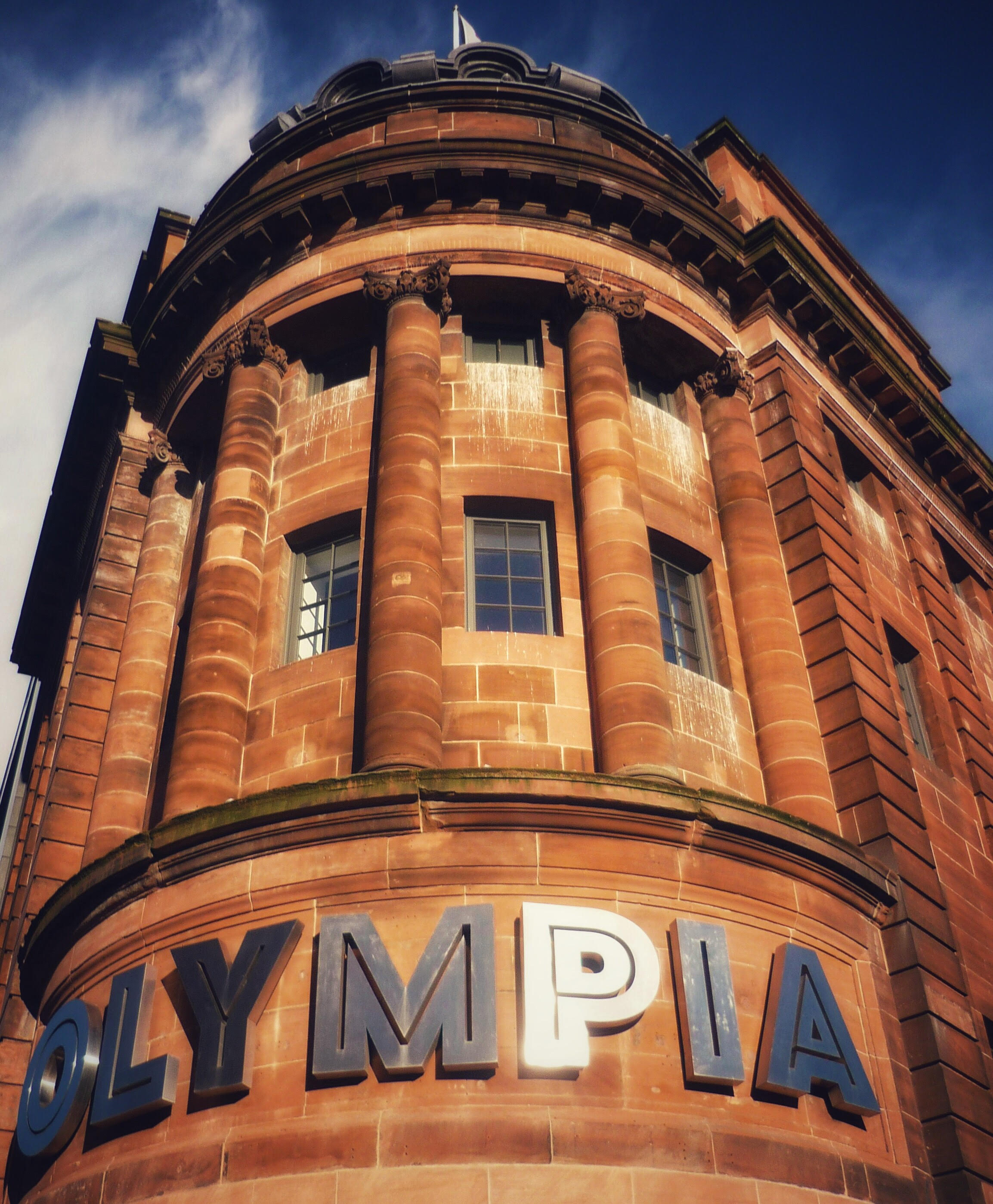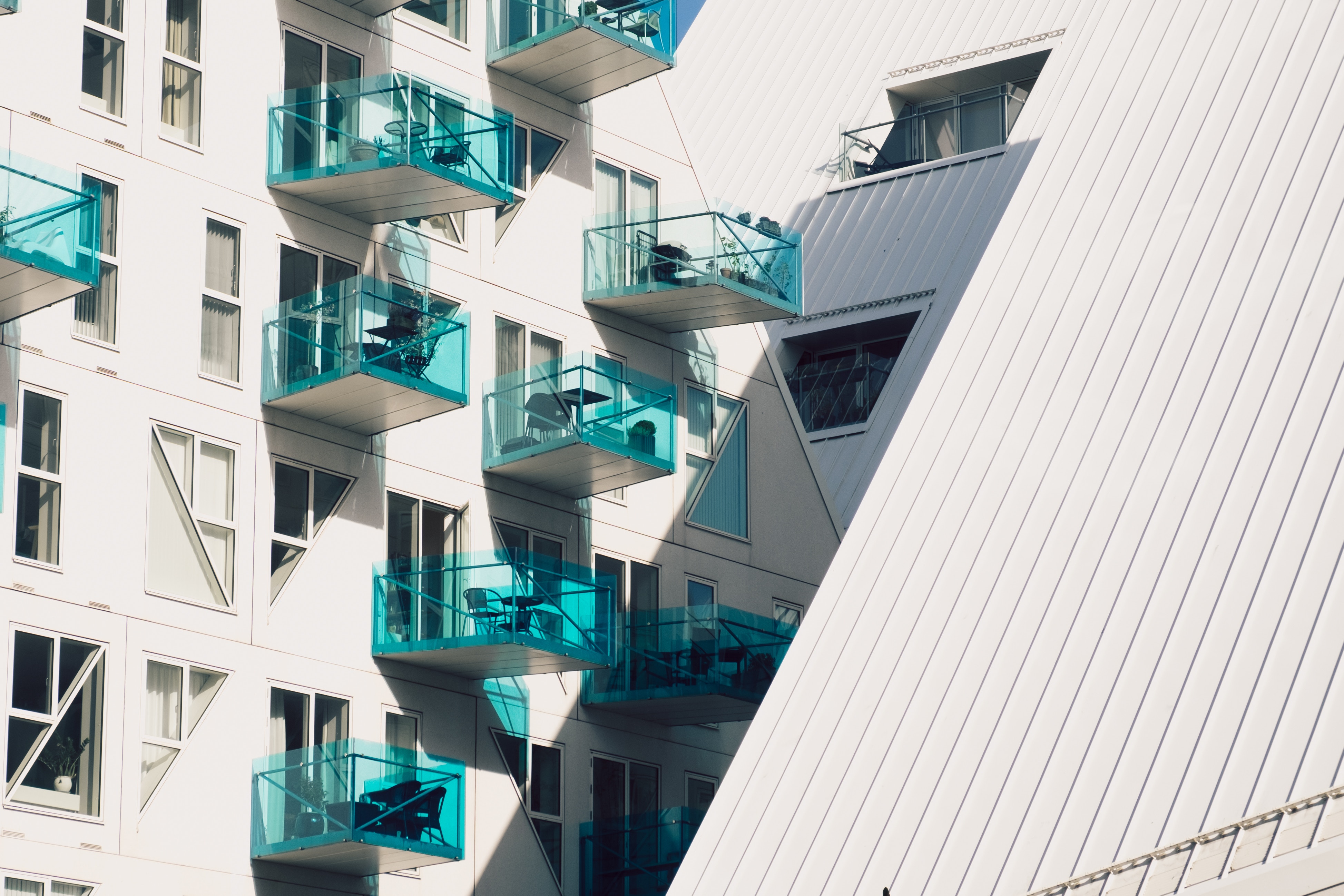The historic Royal Mile in the centre of Edinburgh was the suitably attractive setting for a conference last week on liveable cities. As Paul Lawrence, Executive Director of Place at Edinburgh City Council, observed, Edinburgh has been grappling with liveability for 300 years. But it’s one of many cities now facing new challenges to ensure that the concept applies as much to the “have-nots” as to the “haves.”
Including the precariat
Paul described Edinburgh’s single biggest challenge as addressing social and economic polarisation. While the city has a very successful economy, the benefits are not being enjoyed by all of its people. Many have well-paid jobs and enjoy a good quality of life, but those at the fringe of the labour market – the “precariat” – are on short-term contracts, with low wages and poor housing.
At the same time, the city of Edinburgh is facing significant urban planning challenges. Paul highlighted the difficulty for pedestrians – particularly those with disabilities – negotiating Princes Street at the height of the Edinburgh Festivals, and noted that the city didn’t have a single example of a successful pedestrian precinct.
Making successful places
The theme of how to make cities more liveable was taken up by Ian Gilzean, Chief Architect for the Scottish Government. He gave numerous examples of successful placemaking, such as the Crown Street and Laurieston redevelopment projects in Glasgow and regeneration in Edinburgh’s Craigmillar district. Ian also highlighted the work of charette programmes, which bring communities together to engage in the design and development of their neighbourhoods. Ian stressed that the key drivers of sustainable development – social, economic and environmental – were also vital for improving the health and wellbeing of communities.
Reinventing a post-industrial area
A great example of the reinvention of a post-industrial area came from Ian Manson, Chief Executive of Clyde Gateway, Scotland’s biggest and most ambitious regeneration programme. When it comes to recovering from the demise of old industries, the East End of Glasgow has seen many false dawns. As Ian explained, when Clyde Gateway was launched ten years ago, the local community were sceptical about the programme’s ambitions. But they were also ready to engage with the project. A decade on, the area has undergone significant physical generation, but more importantly this has taken place in partnership with the local people. Unemployment in the area is now 26% – still too high, but an improvement on the 39% of 2008. The project has taken risks – building infrastructure such as roads and a school in the hope that developers will be attracted. And, as Ian explained, Clyde Gateway needs more people to settle in the area to fill the gap left by the 20,000 who moved away in the post-war years.
To attract more people, places need to be distinctive, to surprise and delight. And, as Ian stressed, they need to acknowledge and respond to their historical urban patterns and buildings. For example, the much-loved former Olympia cinema at Bridgeton Cross has been given a makeover, and is now home to a public library, café, boxing centre and Scotland’s first BFI Mediatheque.
Learning from Denmark
The conference was organised by the Royal Danish Embassy in the UK, and there were good examples of successful placemaking from Denmark.
Jacob Kurek, from Henning Larsen Architecture in Copenhagen explained why the Danes are so famous for doing design differently. “We have a curiosity and ambition for making things better for people.” Denmark has put this philosophy into practice, designing clean harbours for swimming in the city centre, providing safe and stylish bike lanes and planning open-air spaces that take account of the challenging Danish winters (what Jacob described as “conquering the public realm”).
This approach has attracted attention elsewhere, and Jacob described his work in Belfast, where there are plans to transform the east bank of the River Lagan, using Copenhagen harbour as a model.
Stephen Willacy, Chief Architect for the city of Aarhus, reminded the audience that there’s more to Denmark than Copenhagen. Aarhus is a city on the move, with a population growth of 5,000 per year. Stephen described some of the efforts to make Aarhus a good city for everyone by developing facilities for living, playing and working, including an ambitious masterplan for the city’s harbour.
Ewan Anderson of 7N Architects in Edinburgh has also been learning from Denmark. He took his team to Copenhagen to explore the city’s innovative approaches to place making, such as the transformation of a car park into a playground and the creation of a “pop-up neighbourhood” on a former warehouse site. Once back in Scotland, the 7N team developed their own ideas for making more liveable cities – introducing electric bikes for hilly streets, replacing a car park with a modern art gallery and even transforming Edinburgh’s Leith Walk into a Ramblas of the north.
Putting people at the heart of placemaking
Too often, architects and town planners have failed to engage with the communities they serve. Throughout the day, speakers at this conference made it clear that those days are largely in the past. Many made reference to the influential Danish architect Jan Gehl, whose vision for successful public space and urban design had people at its heart.
As this conference demonstrated, his vision is being realised in places as different as Copenhagen and Glasgow, Belfast and Aarhus, to the benefit of visitors and more importantly for those who live there.
More on urban planning and liveable cities:
Share
Related Posts
By Ian Babelon A new-old concept for proximity “Are we there yet?” Parents may patiently nod to their children’s insistent nudges on a 20-minute journey to… somewhere. Quite rightly, researchers have asked: twenty minutes to what? The answer may well ....
Following the adoption of National Planning Framework 4 (NPF4) at the end of February, the Scottish planning system and planning services are dealing with transitioning to a development plan system without statutory supplementary guidance and where the relationship to current ....
By Ian Babelon In the first part of two blog posts, published on 22 May, Ian Babelon provided examples of good practice in retrofitting social housing. The second part of this blog post looks at estate-wide and area-wide social housing ....




